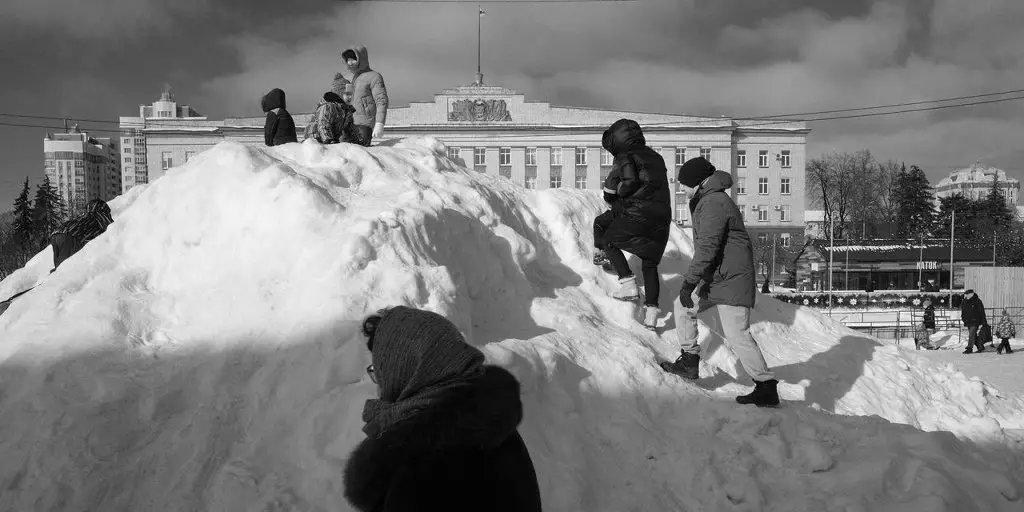
On the pages of Wall-Street Journal a report about the protesting eagle. Its essence comes down to the following: to understand why tens of thousands of Protestants went to the streets on January 23 and 31 throughout Russia, it is necessary to see how residents of such small provincial cities live like eagle.
"The eagle industry has not recovered from the post-Soviet collapse of Russia. Once proud factories remained abandoned. In some parts of the city there are no toilets and water pipes. Having little prospects, many young people believe that they have no other choice, except to leave, "describes the Eagle WSJ.
The reportage hero is one of the heads of the project of the Free Orlovsk Encyclopedia "Orlets" Artyom Prokhorov. He told reporters how they live in Russia, and why the boiling point came today.
"People do not go protest for someone, but come against something. Navalny just served as a trigger. People are tired of what happens here, "said Artem. Interview, by the way, he gave in a three-bedroom apartment, which is divided with his ex-wife and two children (as an example of why people are against this standard of living).
WSJ clarifies that the Russians began to go to protests increasingly in recent years, expressing discontent on all matters from the pension reform before the destruction of garbage.
"Guys, we agreed - we are not engaged in politics, and you give us the opportunity to earn," said Prokhorov, meaning a social contract with the Kremlin. "This year Ford Focus, in the next - Mortgage, then a child at the university. And we will close your eyes to your steam. "
However, now, according to Prokhorov, "Social elevators do not work at all."
And the last straw for the Russians, as WSJ Prokhorov told WSJ journalists, became a pandemic. Last year, real disposable incomes were about 10% lower than in 2013. And places as an eagle, carried the major severity of the decade. It was stagnant here. The city and its surroundings were among the poorest in Russia. There is an average monthly salary - $ 400, which is less than a third of Moscow. The factory workplaces have greatly disappeared, and in memory of the once prosperous industrial city remained huge abandoned areas. The population of the city is 10 percent less than at the Soviet peak - up to 300 thousand inhabitants. At the same time, the city is aging - young people are leaving, and 30% of the population is pensioners.
"In the foreseeable future, eagle will turn into a large nursing home," the WSJ said a local resident, economist Andrei Tiunov.
And the head of the Regional Economic Development Department, Sergey Antons, noted that the fact that the region is not a financial center and does not have significant stocks of raw materials, is the main factor restraining its development.
A lot of attention is paid to corruption. Here millions are remembered, stolen with the reconstruction of the theater, the stadium them. Lenin, as well as a multifunction medical center, in the people, referred to as "Titanic".
Although the journalist noted that the city is not so desirable: new shops, restaurants, bars appeared. But here is a pub in the city center, full of people, and in a 15-minute walk of an abandoned building with graffiti "End of the Universe".
And the eagle is not the only one city: about the fifth part of Russians, mostly rural residents, according to official statistics, do not have access to internal sewage.
"Here people live so all their lives," said 46-year-old Lyudmila Anatolyevna, sabised water from the municipal pump on the street.
In Orel, about 700 people came out on protest shares, which is incomparable with 40 thousand people on the streets of Moscow. But for such a small city is a pretty weighty digit.
"I prefer to fight. Maybe I will lose, but I will try anyway, "summed up Artem Prokhorov.
